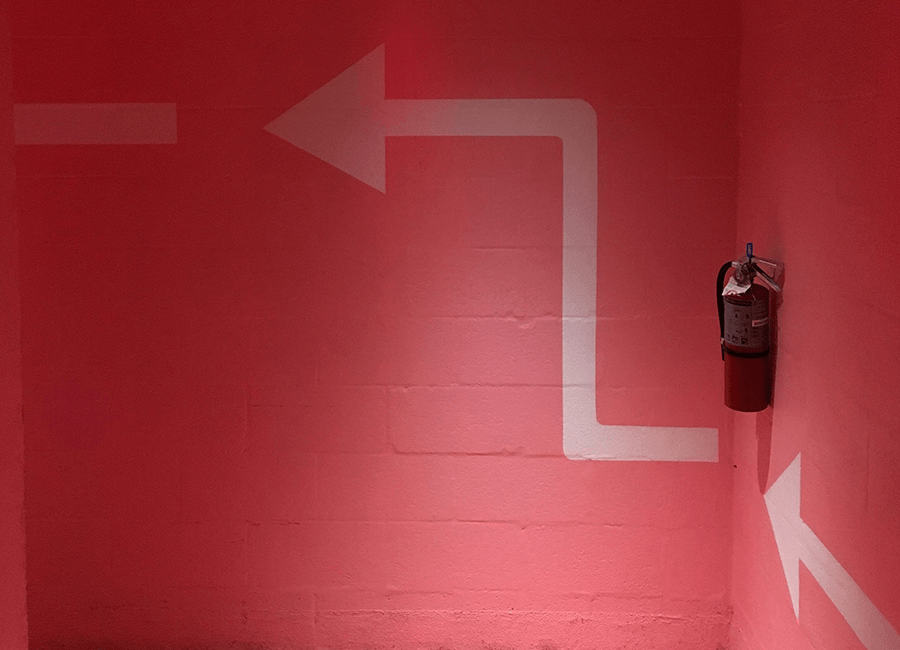If you are working in a customer-focused environment you might have come across three terms: customer, consumer and a shopper. If you ever wondered what the difference is and what impact this might have on a business, have a little read below.
For some companies, shopper, consumer and customer groups are very different and can be challenging. Understanding the difference can have a very positive impact on an organisation and how it operates. For example, Lego’s customers are children, but shoppers are their parents. Lego used this difference to their advantage and applied their understanding of this to create two separate user journeys, each covering touch points characteristic for that particular group. This helped Lego create a more engaging environment and user experience for both groups.
What's the Difference?
C.J. Acosta explains that the difference between a shopper and a consumer lies in the state of mind you are in: “When you are at the supermarket choosing which steak to buy, and how much of it you want, you are in ‘shopping mode’. When at home grilling that same steak on a sunny Sunday afternoon, beer in hand, you are in ‘consumption mode’.” One person can therefore swap from one state to the other all the time.
Chris Joseph describes that the difference between a consumer and a customer is based on who buys vs. who uses a product: “In essence, consumers use products while customers buy them.” Chris explains that this difference impacts not only the purchasing of the products but also how they are marketed: “Customers will buy your product only if consumers demand your product, so your marketing efforts should target the end user as opposed to the buyer.”
These definitions might make you wonder why the child in the Lego example above is a customer and not consumer. I think, it is because a child is using a product of a specific brand (Lego) – they consume Lego’s product and therefore are Lego’s customer. The definitions between consumer and customer can get blurred and likely to be used interchangeably. It’s understandable as very often a consumer and a customer is the same person, so it makes sense calling them either one or the other.
So what is the difference when looking at all three terms together? I understand these three terms as a funnel, with the shopper group at the top and the customer on the bottom.
Shoppers
In my opinion, a shopper is someone who is looking for products to buy, any products. This is essentially anyone who has spending power and willingness to buy. It’s the largest group to reach but also the trickiest to convince, as a shopper may not be interested in a particular brand or even a product category. For example, not everyone who has an ability to buy will choose to spend their disposable income on a mountain bike.
| Tweet This | |
| "Shoppers have the spending power & willingness to buy - but are not influenced by brands." |
The shopper group is useful if a product is either designed for a mass market or the target group has not been defined yet. Any marketing or advertising campaign focused on general population is likely to be aimed at a shopper.
Market research focused on gathering insights about latest trends in behaviour is often focused on shoppers. Understanding how fast mobile payments are being adopted, how frequently purchases are being made on mobile devices, what drives increased savviness and protection of personal data online are all about the shopper to me as a consumer or customer would be too specific for these purposes.
Consumers
I’d define a consumer as someone who is buying or using a particular type of product. For example, anyone who has bought a mountain bike would be a consumer in this product category. Consumer is someone who is using a specific product but not from a specific brand. They are open to any brand who offers a particular type of a product.
Targeted/segmented marketing can focus on consumers, especially if the strategy for the campaign is to acquire new customers or launch a new product which would satisfy unmet consumer needs.
A consumer group can be granulated further into separate segments. Following the mountain bike example, those owning mountain bikes could be divided into professionals, hobbyists, collectors, etc. Marketing campaign for consumers could therefore use insights of segmentation to understand the needs, desires and behaviours of the target group as well as the channels the target segment is most likely to be exposed to.
Customers
Finally, looking at a customer who I understand to be someone who bought a product from a particular brand. For example, I’d class those using Fuji Nevada mountain bikes as customers of that brand.
This group should (in theory) be the easiest to reach, as an organisation is likely to have a lot of information about their customers, especially if tactics such as loyalty points, buying/browsing via an online account have been put in place.
On the other hand, this group can also prove to be the most challenging, as tailoring of offers and/or products gains significance for this group. Customers may have an expectation that an organisation knows enough about them to be able to filter through products and suggest only the ones a particular customer might like. Understanding subtle differences between individual customers can make a big difference to repeat business or cross-sell.
To understand the customer group fully, being aware of past purchases and product views is not enough though. Customer needs and behaviours are affected by many factors: economy, political situation, and change in personal circumstances or appearance of new brands/competitors in the market place to name a few. Constant review of how well customer needs are being met, and close monitoring of their satisfaction seem to make sense.
| Tweet This | |
| "Past customer behaviour is not enough. You must constantly monitor. test & revise." |
Putting It All Together
When it comes to these three terms, my advice is relatively simple. However you choose to approach these different groups and whichever definition you choose to use, focus on what these groups mean to your organisation. Are they different or are they similar for your business? Regardless of whether you design a new product, create a new ad or plan a new marketing campaign, check who would be the most receptive towards your product; find out how much information you can gather about them and if you have any gaps in what you know, get in touch with us – we might be able to help.
How do you define customers, consumers and shoppers? Are the differences important to your business strategy? Let us know how you define the groups in the comments below.

















